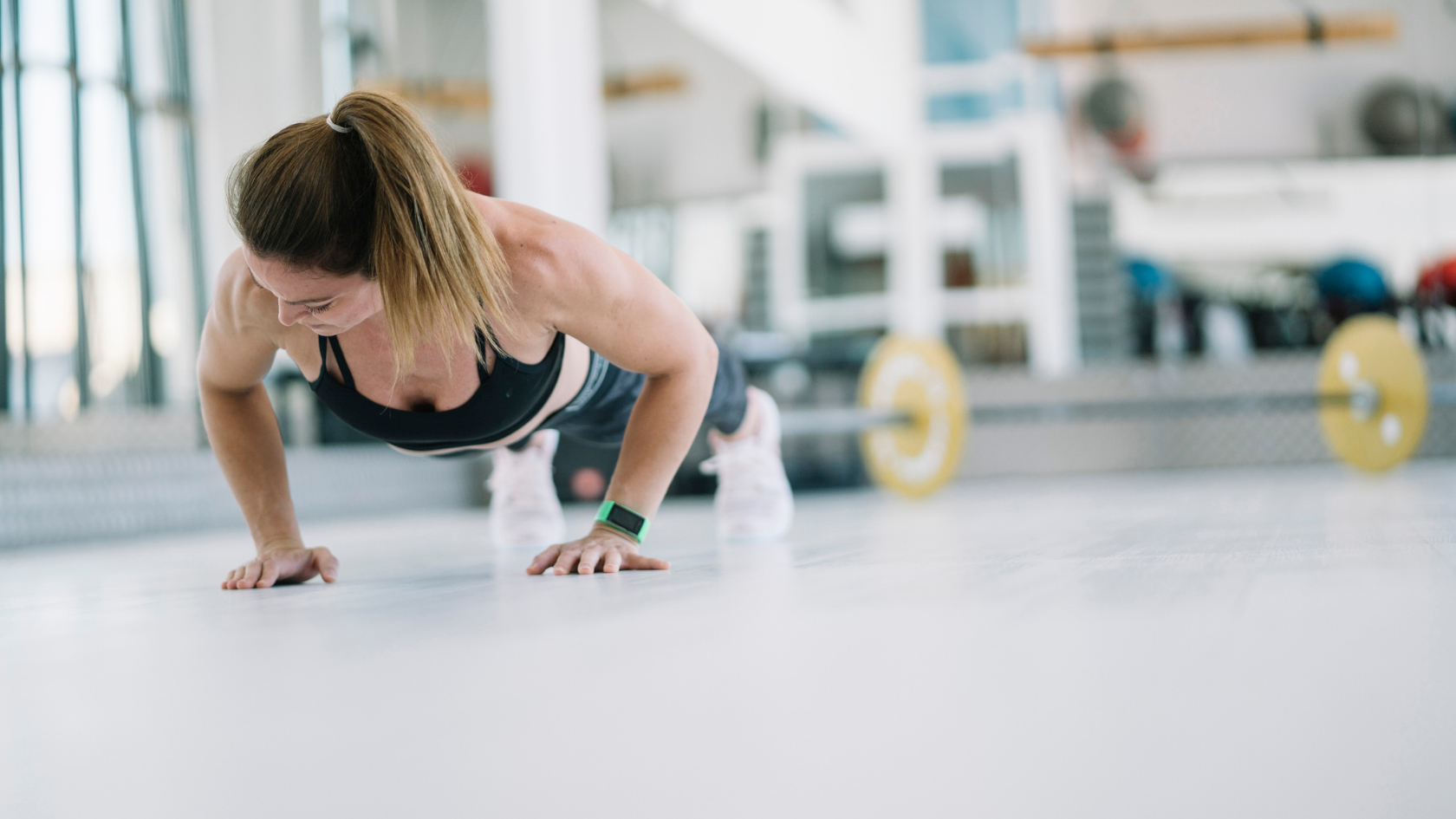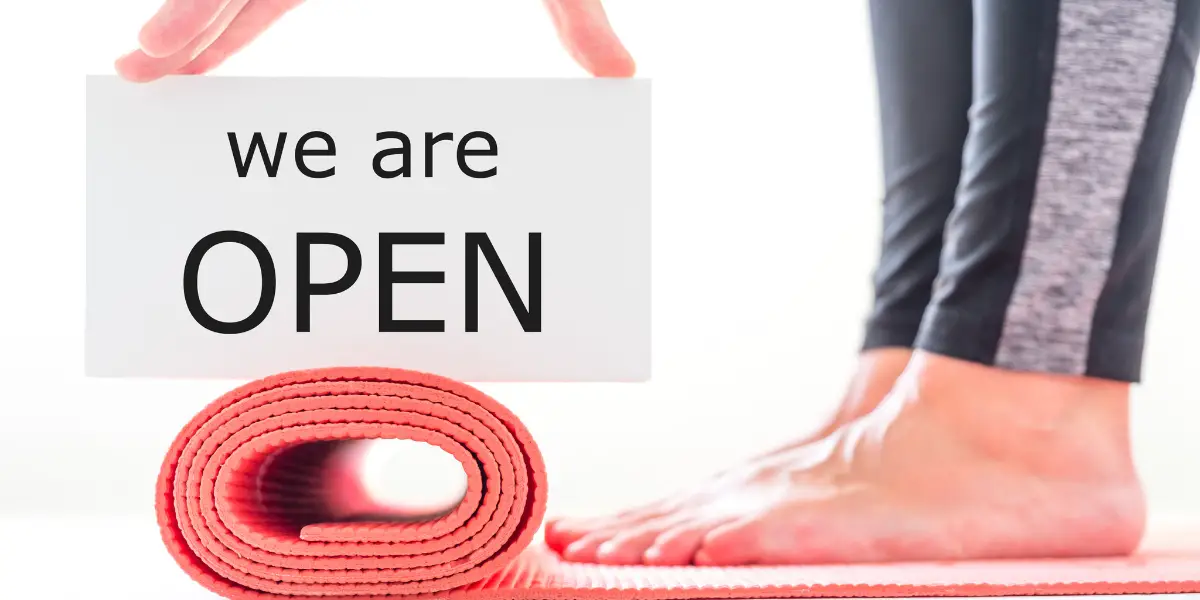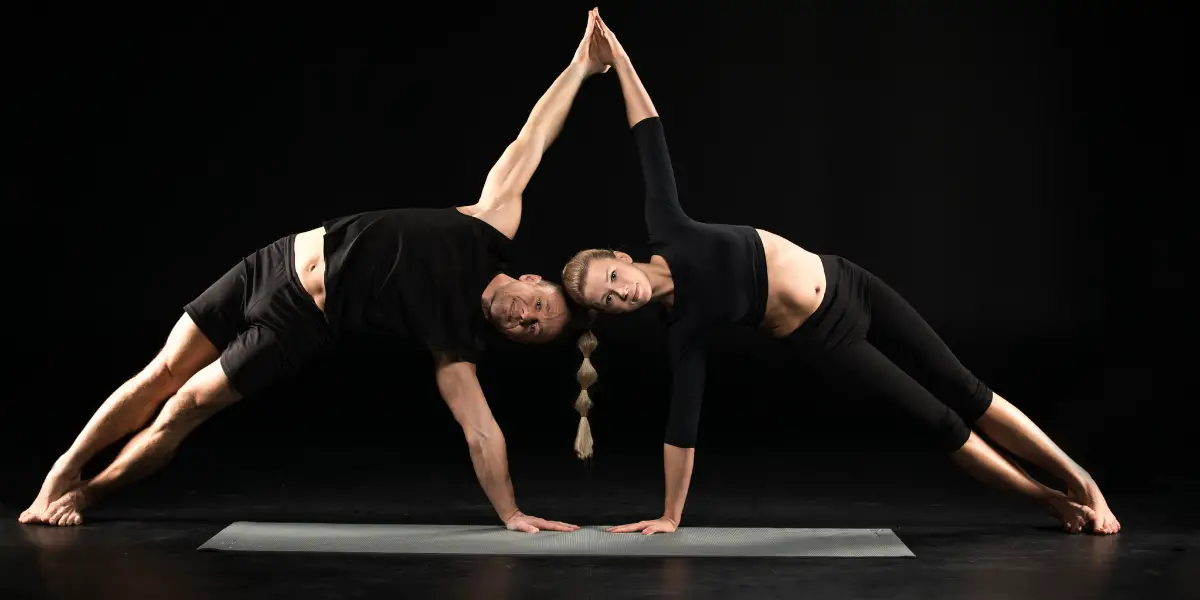You’ve likely heard that Pilates push-ups can be a powerhouse move for your core strength, but how much of that is true? When you incorporate this exercise into your routine, you’re not just working on your arms and shoulders; you’re engaging your entire core.
The Pilates push-up demands precision and control, with a focus on your abdominal muscles as you lower and lift your body. This variant of the classic push-up adds a stability challenge, requiring your core to work overtime to keep your body aligned.
If you’re consistent and pay attention to form, you’ll find that Pilates push-ups can significantly enhance your core stability and strength. Remember, it’s about quality over quantity, so take your time to master the technique for the best results.
Understanding Pilates Push-Ups
Mastery of Pilates push-ups requires understanding their unique form and the engagement of your core muscles throughout the exercise. This isn’t just a standard push-up; a Pilates Push focuses on a precise, controlled movement that works beyond your shoulders and arms. Adopting the proper form starts with your feet in a Pilates V position and your hips aligned over your heels.
As you lower your body, keep your elbows grazing your ribs to maintain alignment and maximize engagement. To build core strength effectively, pull your navel towards your spine and keep it there. This action activates your core muscles and stabilizes your torso, turning each repetition into a powerhouse move.
Core Muscles Targeted
When you perform a Pilates push-up, you’re not just working on arm strength; you’re engaging a complex network of core muscles essential for stability.
Your deep abdominals, obliques, and lower back muscles all synchronize to maintain your body’s alignment throughout the movement.
This focus on stabilization not only helps sculpt your midsection but also enhances your overall balance and posture.
Engaged Muscle Groups
Your core muscles, including the rectus abdominis, obliques, and transverse abdominis, are intensely activated to stabilize your body during a Pilates push-up. This exercise isn’t just about pushing yourself up; it’s a full engagement of multiple muscle groups that work in concert to enhance your core strength.
As you initiate the movement, your abdominal muscles tighten, forming a robust core that supports your spine and pelvis.
The engaged muscle groups extend beyond your core, involving your shoulders, chest, and particularly your tricep muscles, which are essential for the upward phase. Meanwhile, your glutes, inner thighs, and even your feet play supporting roles, ensuring your body remains in a straight, controlled line.
This holistic approach ensures a comprehensive strengthening routine that benefits your entire body.
Stabilization Benefits
Pilates push-ups not only sculpt your arms but also significantly enhance the stabilization of your core muscles, including the powerhouse trio: the transverse abdominis, obliques, and rectus abdominis. This core workout advances strength and stability, ensuring that every movement is supported by a strong abdominal wall.
| Core Component | Function in Pilates Push-Up | Benefit |
|---|---|---|
| Transverse Abdominis | Stabilizes the spine | Enhances core stability |
| Obliques | Supports rotation and lateral movement | Aids in correct alignment |
| Rectus Abdominis | Flexes the spine | Strengthens the abdominal wall |
When you perform Pilates push-ups, you’re engaging these vital muscle groups in a harmonious effort to maintain correct alignment and posture. This not only fortifies your core but also develops a resilience that protects your body from injuries.
Technique and Form Breakdown
Mastering the Pilates Push-Up technique requires you to focus on precise movements and alignment to engage your core effectively. To start, make sure your heels are anchored at the mat’s edge, toes forming the Pilates V. As you initiate the movement, keep a straight line from head to ankles. This alignment ensures your lower back remains supported, preventing strain. Your elbows should graze your sides, emphasizing control rather than momentum.
In the plank position, hands must be directly under your shoulders, with your navel pulled into your spine. It’s crucial to maintain your hips in line with your body, legs pressed firmly together.
Pilates Push-Up Variations
Exploring the variations of the Pilates push-up can significantly enhance your core’s strength and adaptability. Diving into different exercises for core strength, you’ll find that Pilates push-ups aren’t one-size-fits-all. Each variation targets different muscles, promoting a more robust core and providing a complete workout.
Here’s a table spotlighting some effective variations:
| Variation | Focus Area | Difficulty |
|---|---|---|
| Kneeling Push-Up | Core stability | Beginner |
| One-Legged Push-Up | Balance & strength | Advanced |
| Full Range Push-Up | Upper body control | Intermediate |
| Tricep Dips | Tricep muscles | Intermediate |
These exercises ensure your core muscles receive comprehensive conditioning. Remember to pair the movements with proper breathing to maximize the benefits and maintain control throughout the workout. With consistency, you’ll notice significant improvements in your core strength and overall Pilates performance.
Core Strength Assessment
Having explored various Pilates push-up variations to bolster your core, it’s crucial to assess your core strength to monitor your progress effectively.
A reliable core strength assessment can be holding a plank. This exercise tests your ability to maintain a stable trunk, which is essential for a strong core.
As you build strength, you’ll find it easier to hold the position longer, with proper form.
When performing a Pilates push-up, pay attention to how well you can keep a straight line from head to heels and how smoothly you can bend the elbows without compromising your body alignment.
These are indicators of core stability and will help you gauge whether your Pilates practice is enhancing your core strength as intended.
Complementary Core Exercises
To maximize your core strength gains from the Pilates Push-Up, you’ll want to integrate plank variations into your routine. These planks not only solidify your core but also enhance your overall stability and endurance.
Additionally, incorporating supplemental abdominal workouts can target different muscle groups, ensuring a balanced and comprehensive core training program.
Plank Variations Benefits
Regularly incorporating plank variations into your routine can significantly bolster your core strength beyond the benefits of traditional exercises. These movements offer a unique challenge that engages not just your abdominal muscles, but also your entire upper body, enhancing your strength and stability in a comprehensive way.
Here’s a snapshot of plank variations benefits:
| Plank Variations | Benefits |
|---|---|
| Side Plank | Targets obliques, improves balance |
| Plank with Leg Lift | Engages lower back, aids in balancing on one leg |
| Reverse Plank | Strengthens posterior muscles, complements anterior core work |
Supplemental Abdominal Workouts
Building on the foundational strength gained from plank variations, you’ll find that incorporating supplemental abdominal workouts like the Pilates push-up can further enhance your core’s power and stability. Start small, focusing on precision to maximize the benefits for your core strength. Each movement should be deliberate, ensuring that your core is continuously engaged.
As you grow more confident and your endurance increases, gradually raise the intensity level of these exercises.
Supplemental abdominal workouts offer variety and challenge different muscle groups, preventing plateaus and fostering balanced development. By smartly integrating these exercises into your regimen, you’ll not only work towards a more sculpted midsection but also build a resilient core that supports your overall fitness goals.
Tracking Your Progress
You’ll need a reliable method to track your progress as you incorporate Pilates push-ups into your core strengthening routine. This body weight move that requires precision and control is perfect for seeing how far you’ve come. Consider these pointers for tracking your progress:
- Duration of Plank Hold: Record how long you can hold a plank to see improvements in core strength.
- Number of Modified Planks: Keep count of your modified planks to gauge increased stability.
- Full Range Push-Up Count: Note how many full Pilates push-ups you’re able to achieve as a sign of upper body strength.
- Tricep Dip Duration: Monitor the length and intensity of your tricep dips to assess arm strength.
Sources
https://pilatesreformersplus.com/blogs/news/pilates-exercises-for-core-strength-and-stability
https://www.reformpilatespdx.com/pilates-push-ups/
https://www.bodyandflow.com/the-pilates-push-up/




